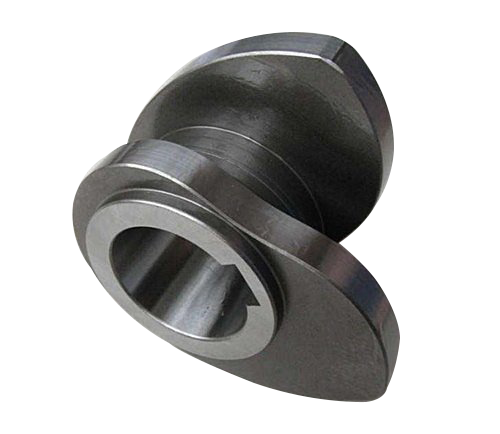A cam refers to a mechanical swivel or slide (such as a protruding part of a wheel or wheel).

It transmits motion to a roller that moves against its edge or a needle bar that moves freely on the groove surface, or it receives force from such rollers and needle bars.
The basic parameters
A cam mechanism is generally a high secondary mechanism consisting of cam, follower and frame.
The cam is usually rotated continuously at a constant speed, and the follower is designed according to the requirements of use to obtain a certain regular motion.
Cam mechanisms enable complex motion requirements and are used in a wide variety of automated and semi-automated mechanical devices.
The cam mechanism usually consists of two parts, cam and follower, both of which are fixed to the frame.
The cam device is quite varied, so almost any arbitrary action can be generated via this mechanism.
A cam can be defined as a mechanism with a curved surface or a curved groove. With its swing or swivel, another component-slave can provide a predetermined motion.
Most of the path from the mover is confined in a chute to obtain a moving motion.
In the course of its reply, sometimes rely on its own weight.
However, in order to obtain the exact action, some institutions often use springs as a force to reply.
Some use a guide to move it on a particular path.
The function
The main function of the cam mechanism is to make the follower rod complete various complicated movements according to the work requirements, including linear motion, swing, constant velocity motion and non-equal motion.
Copyright © Jiangsu Hoston Machine Tools Co., Ltd. (Hongkong Hoston Group CO., LIMITED)All Rights Reserved | Sitemap Technical Support: 